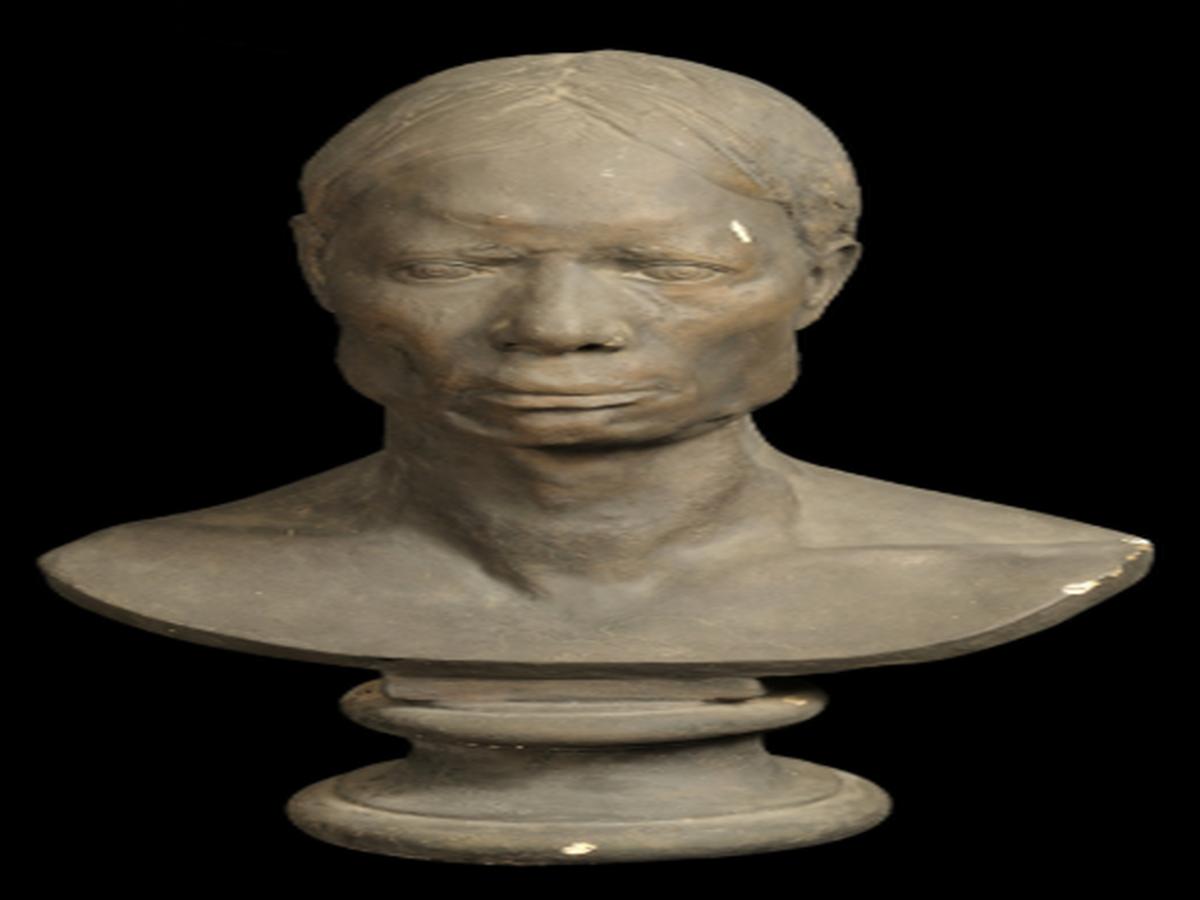State
Tribe Name
Art Type
short description
He is a plaster cast of a Bhutia man in the sculptural form, and he stands for the solitary anthropological and cultural identity of the Bhutia tribe, literally living in the Indian state of Sikkim located to the northeastern part of it. The figure is composed with straight hair, a broad nose, and salient cheekbones, which are the key facial features attributing to the Bhutia people. This bust has a kneading or marvelously placed form on a circular pedestal making it appear very much like sceneries found in museums and artistic presence.
Thumbnail

Filter Postion
Left
Filter Background
Off
Theme
Filter Header Image

content
Image

description
He is a plaster cast of a Bhutia man in the sculptural form, and he stands for the solitary anthropological and cultural identity of the Bhutia tribe, literally living in the Indian state of Sikkim located to the northeastern part of it. The figure is composed with straight hair, a broad nose, and salient cheekbones, which are the key facial features attributing to the Bhutia people. This bust has a kneading or marvelously placed form on a circular pedestal making it appear very much like sceneries found in museums and artistic presence.
The Bhutia are Tibetan-Mongoloids; their lives are reflected mostly in the form of Tibetan Buddhist traditions when people talk about dressing and festival celebrations. The physical features shown in this sculpture assert that they have Tibetan descent. The sculpture is made out of plaster, which helps preserve intricate details of facial features and traditional expressions.This artistic representation is an ethnographic artifact, which helps document the rich heritage of the Bhutia community and its identity. This kind of sculptural work is typical for anthropologists and for a museum display on the diversity of India's tribal populations and heritage.
The Bhutia are Tibetan-Mongoloids; their lives are reflected mostly in the form of Tibetan Buddhist traditions when people talk about dressing and festival celebrations. The physical features shown in this sculpture assert that they have Tibetan descent. The sculpture is made out of plaster, which helps preserve intricate details of facial features and traditional expressions.This artistic representation is an ethnographic artifact, which helps document the rich heritage of the Bhutia community and its identity. This kind of sculptural work is typical for anthropologists and for a museum display on the diversity of India's tribal populations and heritage.
Image Mode
landscape
promoted
On
Verified
Off
